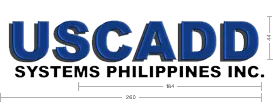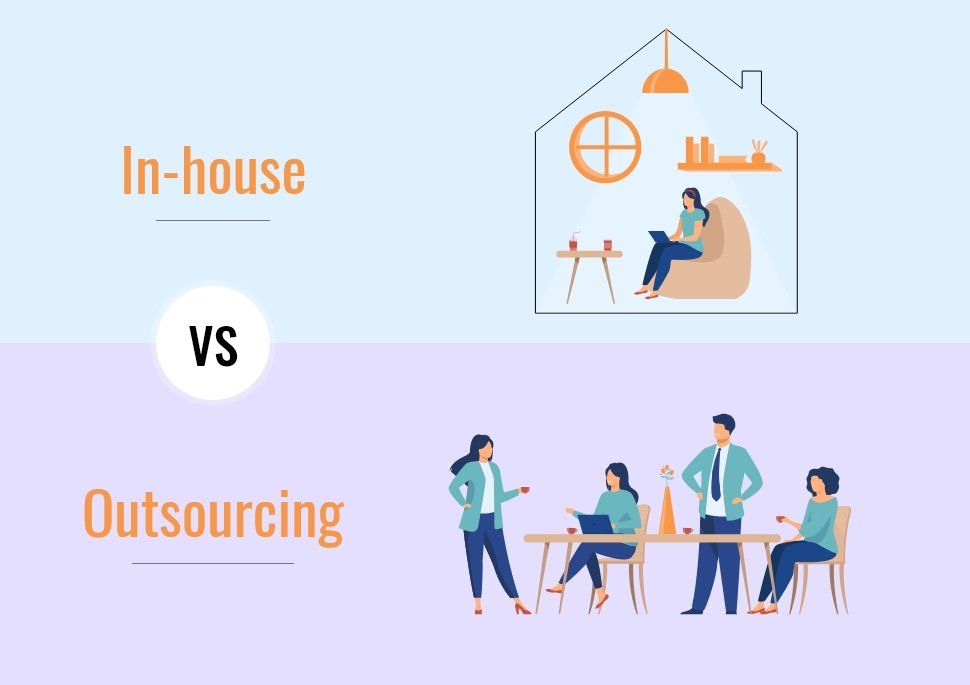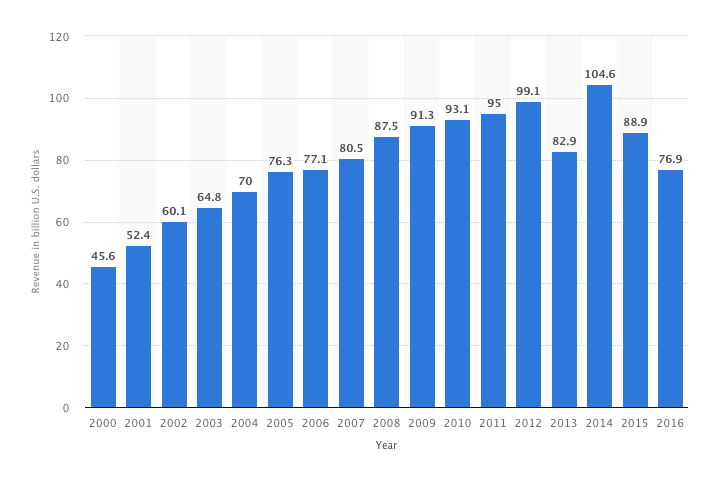Evolution of Computer-Aided Design
May 10, 2021
Evolution of Computer-Aided Design
The knowledge of computer aided design grew from simple 2D designs into complex, multi-layered 3D structures with thorough meta-data and kinematic movement. The accuracy, resourcefulness, and editing offered by CAD software modernized the architecture, engineering, and manufacturing industries.
The Fathers of CAD
Dr. Patrick Hanratty is extensively regarded as “the Father of CADD/CAM.” In 1957, during his work at GE, he established PRONTO (Program for Numerical Tooling Operations), the first numerical control programming system. This program is credited as the origin of all CAD software and what the CAD software was built upon. Several years later, Ivan Sutherland developed a software called Sketchpad, which was the first CAD software to use a total graphic user interface (GUI). Users would draw with a light pen on an x-y pointer display, allowing the constraint of properties in creating “objects'' or “instances''.
In the 1960s, many innovators brought other developments, including the first digitizer (from Auto-trol) and DAC-1, the first production interactive graphics manufacturing system. During the last years of the decade, companies were founded to commercialize their fledgling CAD programs, including SDRC, Evans & Sutherland, Applicon, Computervision, and M&S Computing.
By the 1970s, research had now moved from 2D to 3D. One of the main milestones is from the work of Ken Versprille, whose invention of NURBS for his Ph.D. thesis formed the basis of modern 3D curve and surface modeling, and the development by Alan Grayer, Charles Lang, and Ian Braid of the PADL (Part and Assembly Description Language) solid modeler.
During the ’80s, the development of UNIX workstations in the early commercial CAD systems like CATIA and others started presenting in aerospace, automotive, and other industries. Moreover, it was the introduction of the first IBM PC in 1981 that set the bar for the large-scale adoption of CAD. That following year, a group of programmers formed Autodesk, and in 1983 released AutoCAD, the first important CAD program for the IBM personal computer.
The CAD Revolution
The innovation of AutoCAD created an important milestone in the development of CAD. The developers went out to provide 80% of the functionality of the other CAD programs of the day, from 20% of their cost. From then on, progressively advanced drafting and engineering functionality became more affordable. However, it was still largely 2D.
In the year 1987 Pro/ENGINEER was released, a CAD program centered on solid geometry and feature-based parametric techniques for outlining parts and assemblies. It ran on UNIX workstations as personal computers of the time were simple but not powerful enough - but despite that however, it started the system changes. The later years of the decade started the release of several 3D modeling kernels, particularly ACIS and Parasolids – which forms the basis for other history-based parametric CAD programs.
During the 1990s, personal computers were skilled in the computations necessary for 3D CAD. And in 1995, the first issue of Desktop Engineering was published, at the same time, SolidWorks was also released. It became the first significant solid modeler for Windows. And then followed by Solid Edge, Inventor, and many others. That decade also started various original CAD developers from the 1960s that were acquired by newer companies and a merging of the industry into four main players: Autodesk, Dassault Systèmes, which acquired SolidWorks in 1997, PTC, and UGS, now Siemens PLM and along with a host of smaller developers.
CAD Today and Tomorrow
The modern CAD to today has been noticeable by improvements in modeling, incorporation of analysis, and management of the products we create, from conception and engineering to manufacturing, sales, and maintenance, what has become known as PLM, product lifecycle management.
Today, CAD programs have now moved to the cloud, allowing for unified access of files between users. Such modern innovations include developing mobile CAD applications and some CAD programs like OnShape are now completely cloud-based.
Need hassle free CAD Design and Drafting Services? USCADD offers Affordable CAD Design Services without all the hassle typically associated with CAD Solutions and CAD outsourcing. Contact us now for more information.












